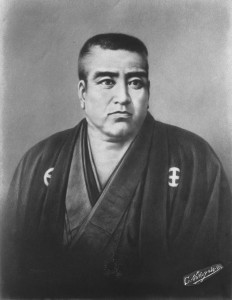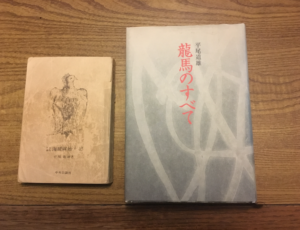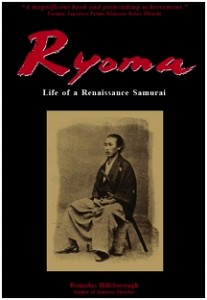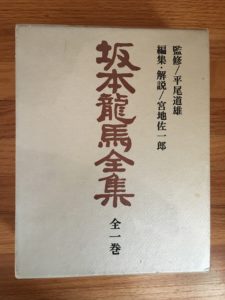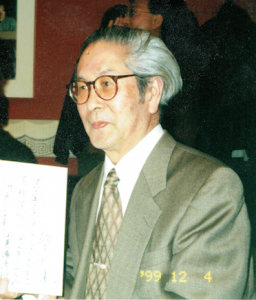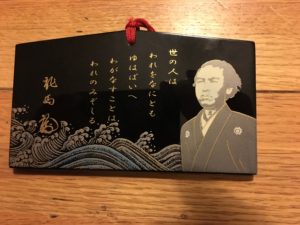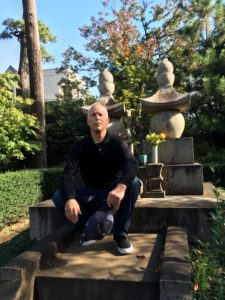
The Katsu Kaishu Museum is under construction at Senzokuike pond in Tokyo’s Ota-ku, near the gravesite of Katsu Kaishu and his wife Tami. Kaishu, a founder of the Japanese Navy, is of particular importance for his role in the bloodless surrender of Edo Castle in the aftermath of the fall of the Tokugawa Bakufu in spring 1868. The Bakufu’s fall sparked a contained civil war that would have spread throughout the country, endangering Japan’s sovereignty, had Kaishu, as commander in chief of the fallen shogun’s still formidable military, not negotiated an eleventh-hour peace with Saigo Takamori, commander of the Imperial Army.
As the first memorial museum dedicated to Katsu Kaishu, the Ota-ku facility will celebrate “the relationship between Katsu Kaishu and Ota,” the Ota-ku website states. The museum will house some 4,000 documents and other historical items collected from Kaishu’s descendants, according to the national daily Asahi Shinbun.
[This photo at Katsu Kaishu’s grave was taken in November 2015.]
Katsu Kaishu is the “shogun’s last samurai” of my book Samurai Revolution.


